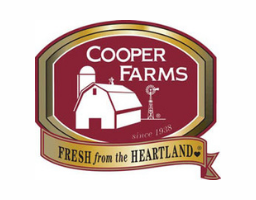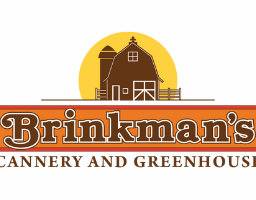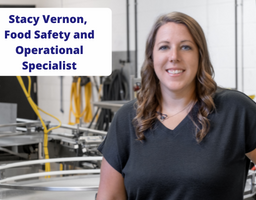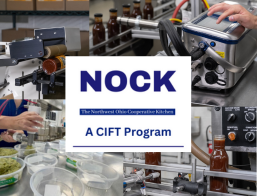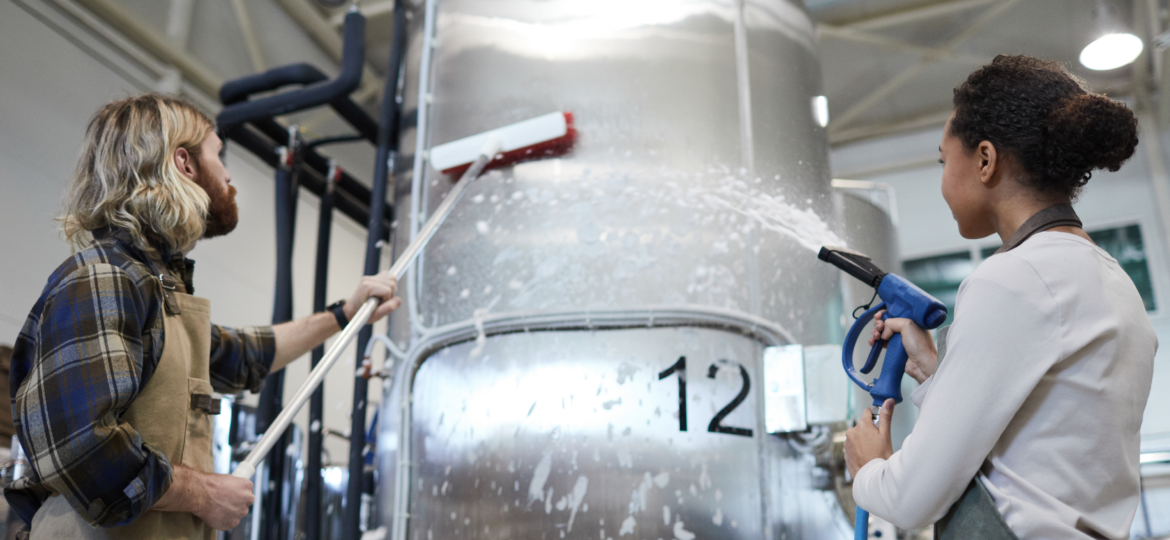
A properly planned, executed and maintained food sanitation program is vital to the success of any operation. So why can sanitation be such a challenge for many organizations?
The challenges often occur because of these three main reasons.
(1) Sanitation responsibility usually falls under two different departments: Operations and food safety. Operations is normally responsible for the actual execution of cleaning and sanitizing while food safety is in charge of the verification and validation of the overall effectiveness of the sanitation program.
(2) Sanitation happens on an off shift or weekends and can be an area with the highest turnover of personnel within the organization.
(3) Sanitation managers usually have limited time and budget, so being as efficient and productive in their efforts is crucial.
How does one overcome these challenges? Since food sanitation is an essential prerequisite program for food safety and is a regulatory requirement [reference 9 CFR part 416 and 21 CFR Part 117.135 (c) 3], it is necessary to find solutions. An effective sanitation program is complex and based on science, not just a simple “does it look clean” inspection. Many elements such as waste management, facility and equipment sanitary design, master cleaning schedule, and proper cleaning tool/equipment play a role in the overall sanitation of the facility. However, a sanitation program is only effective if the people executing understand its importance and are willing to use it and make necessary adjustments as needed.
Develop and Document Procedures
Organizations must develop, document, implement and maintain procedures for cleaning every material in their facility on their master cleaning schedule. This includes every piece of equipment, utensils, floors, walls, ceilings, overheads, warehouse, etc. Then they must also determine at what frequency cleaning needs to be completed.
When developing procedures, validation needs to be conducted to ensure that potential health risk equipment is being cleaned and sanitized effectively. Particularly equipment that runs both allergen and non-allergen products to avoid allergen cross-contact.
Implement Food Sanitation Program
Once the policies and procedures are created, it is now time to implement. A critical part of implementation is spending the necessary time educating workers. Each worker must be educated on the documented procedures, how to properly clean (seven steps of sanitation), explaining where problems may exist and the whys behind sanitation. This is needed to encourage a desire in personnel to protect the consumer and company brand. Investing time in personnel that hold a valuable role in the overall organization’s health will aid in building a positive food safety culture and overall company culture. This in return can lead to better employee retention.
Conduct Verification
Lastly, an essential element of maintaining the food sanitation program is conducting verification activities. This will ensure the program stays on track and people continue to do what is defined in the written procedures. Conduct direct observations, evaluate and then make the necessary improvements. Oftentimes employees need continuous reminders of simple things they need to follow to ensure effective cleaning. It may be something as simple as not laying water or foamer nozzles on the floor or providing the right amount of mechanical action to loosen soils.
Sanitation Success
Sanitation must not be viewed as a disruption in the process, but as a fully planned, managed and measured activity that is viewed with the same structure as everyday production. If any part is conducted incorrectly or not fully completed, the consequences can be devastating to the company brand and potentially the consumers. But when sanitation is conducted properly, the end result is a safe and quality product and increased production uptime.
Food Sanitation Resources
If you’re interested in learning more about our food sanitation services and other food services, you can read more of our food processing blogs or visit our food processing webpage.
Get to know our food team! Read more about the author, Stacy Vernon, Project Manager and Food Safety Expert.


